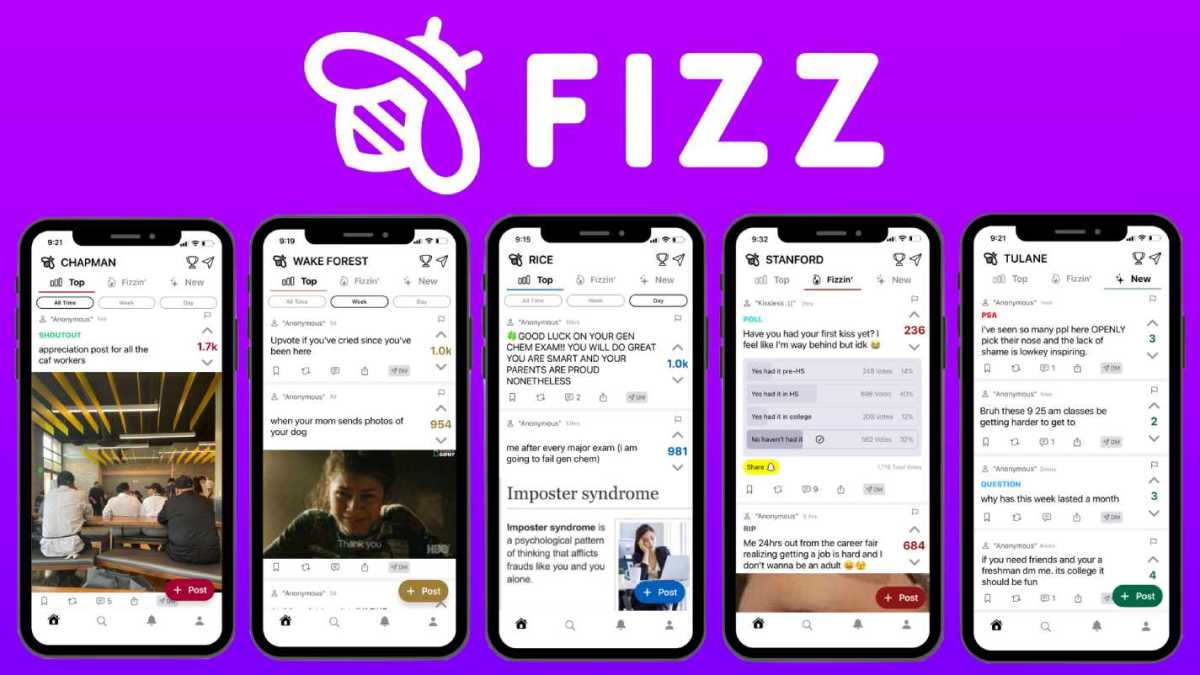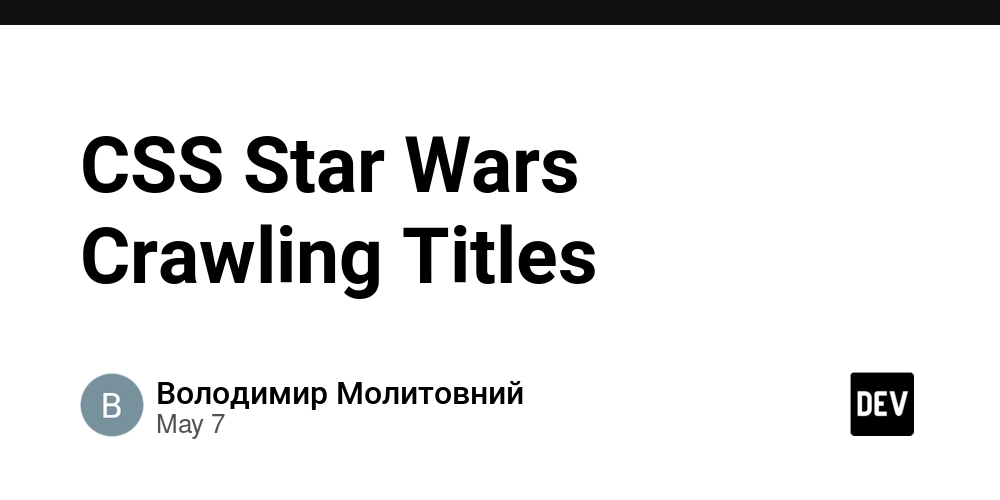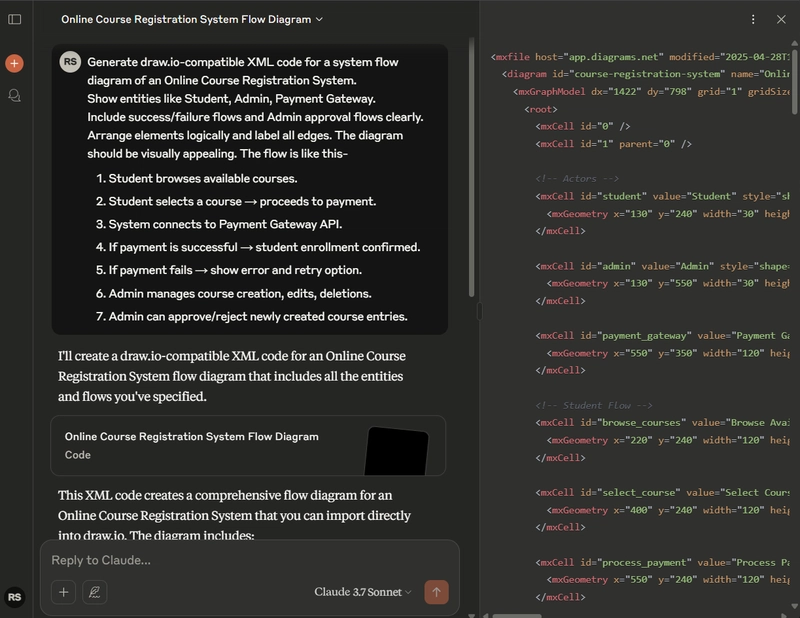Financial Viability & Metrics in Open Source Projects – A Deep Dive into Economic Growth, Sponsorship, and Innovative Funding
Abstract This post examines how open source projects harness various funding methods to fuel economic growth. We discuss models such as corporate sponsorships, dual licensing, and crowdfunding, along with emerging trends like blockchain integration and NFT tokenization. Readers will gain insights into historical context, core features, practical applications, and future innovations in sustainable open source funding. We also provide SEO-driven keywords—open source, financial growth, blockchain, NFTs, sponsorship, crowdfunding, dual licensing, and community engagement—to ensure clarity and readability for both technical audiences and search engines. Introduction Open source projects have evolved from hobbyist efforts to key enablers of innovation across industries like blockchain and NFTs. As these projects grow, so does the need for robust financial models that support long-term viability. This post explores the intersection between technology development, financial sustainability, and community engagement in open source projects. We explain why understanding financial metrics is crucial and how innovative funding approaches help projects thrive in a competitive digital landscape. In today’s dynamic tech era, funding models such as corporate sponsorships, crowdfunding, and dual licensing empower projects to manage costs while spurring new development. Moreover, emerging trends like blockchain integration and NFT tokenization are reshaping the economic landscape. This blog post will provide a comprehensive guide to these models, highlighting how they work, their benefits, and the challenges they face. Background and Context Historically, open source began as a community-driven movement with pioneers using licenses like the MIT License and BSD Licenses to maintain code transparency. Early projects were driven by volunteer contributions, but as the ecosystem matured, sustainable funding models became essential. Today, open source is not just free code—it is about creating economic value while maintaining a community-centric approach. Over time, funding streams have diversified: Corporate Sponsorships: Major corporations such as Google and IBM provide not only financial support but also technical expertise. Crowdfunding: Platforms such as Patreon, GitHub Sponsors, and dedicated open source crowdfunding resources enable steady monthly donations. Dual Licensing: This model allows a project to offer an open source version alongside a premium, commercially licensed version to generate additional revenue. Funding today also extends beyond traditional methods. The integration of blockchain technology ensures transparency in financial transactions, while NFTs offer innovative ways to monetize contributions and reward community participation. These measures help projects manage operational costs like server maintenance, security audits, and community outreach, all while driving innovation in a competitive marketplace. The shift toward sustainable funding has been critical as many open source projects now underpin enterprise applications, such as blockchain networks and NFT platforms. Developers and community managers must combine robust financial planning with constant community engagement to maintain project longevity and foster continued technical excellence. Core Concepts and Features Understanding the financial viability of open source projects requires a detailed look at the core models and metrics underpinning economic sustainability. The following sections examine the funding methods, cost structures, and community aspects essential to open source projects. Diverse Revenue Streams Open source projects create economic value through several key revenue streams: Corporate Sponsorship: Large tech companies invest in open source projects that enhance their ecosystems. For example, projects like Kubernetes benefit from sponsorships that provide both funding and shared technical expertise. Learn more about this approach via the Open Source Sponsorship page. Crowdfunding: Platforms such as Crowdfunding Open Source Development offer recurring income that helps projects plan long-term enhancements. Consulting & Custom Development: Projects monetize their expertise by offering bespoke consulting and integration solutions. Dual Licensing: This hybrid approach enables a free open source version alongside a commercial premium offering, balancing community values with the need for revenue. For more details, visit the Dual Licensing Approach. Financial Metrics and Cost Structures Successful funding management involves tracking various financial metrics and cost details: Development Costs: Encompass salaries, server hosting fees, and technical support expenses. Operational Expenses: Include community management, documentation, and marketing efforts. Revenue-to-Cost Ratio: A key metric that indicates whether the revenue streams sufficient
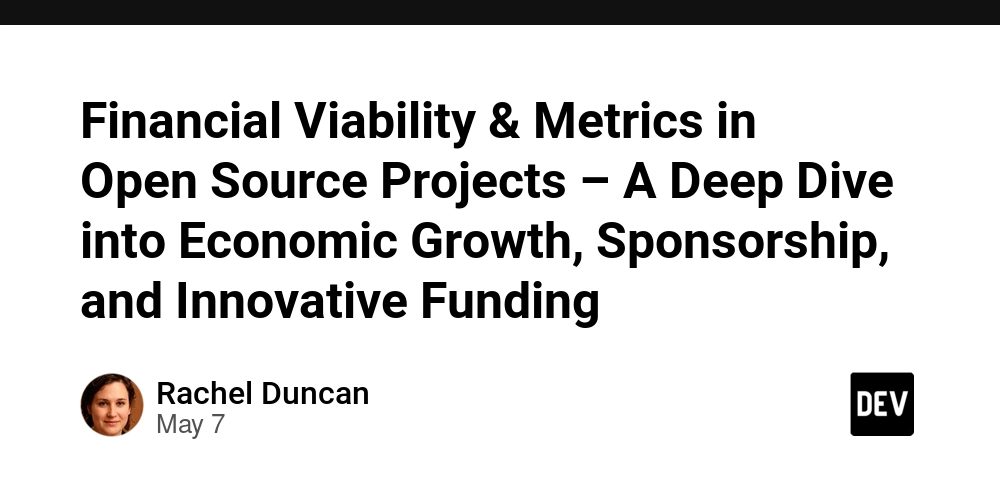
Abstract
This post examines how open source projects harness various funding methods to fuel economic growth. We discuss models such as corporate sponsorships, dual licensing, and crowdfunding, along with emerging trends like blockchain integration and NFT tokenization. Readers will gain insights into historical context, core features, practical applications, and future innovations in sustainable open source funding. We also provide SEO-driven keywords—open source, financial growth, blockchain, NFTs, sponsorship, crowdfunding, dual licensing, and community engagement—to ensure clarity and readability for both technical audiences and search engines.
Introduction
Open source projects have evolved from hobbyist efforts to key enablers of innovation across industries like blockchain and NFTs. As these projects grow, so does the need for robust financial models that support long-term viability. This post explores the intersection between technology development, financial sustainability, and community engagement in open source projects. We explain why understanding financial metrics is crucial and how innovative funding approaches help projects thrive in a competitive digital landscape.
In today’s dynamic tech era, funding models such as corporate sponsorships, crowdfunding, and dual licensing empower projects to manage costs while spurring new development. Moreover, emerging trends like blockchain integration and NFT tokenization are reshaping the economic landscape. This blog post will provide a comprehensive guide to these models, highlighting how they work, their benefits, and the challenges they face.
Background and Context
Historically, open source began as a community-driven movement with pioneers using licenses like the MIT License and BSD Licenses to maintain code transparency. Early projects were driven by volunteer contributions, but as the ecosystem matured, sustainable funding models became essential. Today, open source is not just free code—it is about creating economic value while maintaining a community-centric approach.
Over time, funding streams have diversified:
- Corporate Sponsorships: Major corporations such as Google and IBM provide not only financial support but also technical expertise.
- Crowdfunding: Platforms such as Patreon, GitHub Sponsors, and dedicated open source crowdfunding resources enable steady monthly donations.
- Dual Licensing: This model allows a project to offer an open source version alongside a premium, commercially licensed version to generate additional revenue.
Funding today also extends beyond traditional methods. The integration of blockchain technology ensures transparency in financial transactions, while NFTs offer innovative ways to monetize contributions and reward community participation. These measures help projects manage operational costs like server maintenance, security audits, and community outreach, all while driving innovation in a competitive marketplace.
The shift toward sustainable funding has been critical as many open source projects now underpin enterprise applications, such as blockchain networks and NFT platforms. Developers and community managers must combine robust financial planning with constant community engagement to maintain project longevity and foster continued technical excellence.
Core Concepts and Features
Understanding the financial viability of open source projects requires a detailed look at the core models and metrics underpinning economic sustainability. The following sections examine the funding methods, cost structures, and community aspects essential to open source projects.
Diverse Revenue Streams
Open source projects create economic value through several key revenue streams:
- Corporate Sponsorship: Large tech companies invest in open source projects that enhance their ecosystems. For example, projects like Kubernetes benefit from sponsorships that provide both funding and shared technical expertise. Learn more about this approach via the Open Source Sponsorship page.
- Crowdfunding: Platforms such as Crowdfunding Open Source Development offer recurring income that helps projects plan long-term enhancements.
- Consulting & Custom Development: Projects monetize their expertise by offering bespoke consulting and integration solutions.
- Dual Licensing: This hybrid approach enables a free open source version alongside a commercial premium offering, balancing community values with the need for revenue. For more details, visit the Dual Licensing Approach.
Financial Metrics and Cost Structures
Successful funding management involves tracking various financial metrics and cost details:
- Development Costs: Encompass salaries, server hosting fees, and technical support expenses.
- Operational Expenses: Include community management, documentation, and marketing efforts.
- Revenue-to-Cost Ratio: A key metric that indicates whether the revenue streams sufficiently cover project costs.
- Community Contribution Value: The value generated from volunteer contributions, effectively lowering overall development costs.
Below is a summary table of key open source financial metrics:
| Component | Description | Key Metric |
|---|---|---|
| Corporate Sponsorship | Funding and technical backing from major companies | Sponsorship amounts, contract duration |
| Crowdfunding | Recurring donations from the community via platforms like Patreon and GitHub | Monthly Recurring Revenue (MRR) |
| Consulting & Custom Services | Tailored services for enterprise clients offering custom integration options | Contract value, service uptake ratio |
| Dual Licensing | Free and commercial versions coexisting under separate licenses | Commercial license uptake |
| Operational Costs | Expenses related to maintenance, community support, and administration | Efficiency ratio, cost coverage |
Community Engagement
Engaging and growing the developer community is crucial for achieving financial viability. Active community involvement not only drives innovation but also cuts down development expenses as volunteers contribute their skills. Key practices include:
- Hosting regular updates and webinars
- Communicating transparently about financial challenges and successes
- Recognizing and rewarding contributions through tokens or recognition programs
You can review more strategies for enhancing community engagement on the Community Engagement Strategies page.
Blockchain Integration and NFTs
Emerging technologies are rapidly changing the funding landscape. Blockchain integration provides immutable recordkeeping for donations and expenditures, significantly increasing financial transparency. Similarly, NFTs (Non-Fungible Tokens) create unique opportunities in funding by:
- Rewarding contributions with digital tokens
- Tokenizing intellectual property rights
- Enhancing community participation through exclusive digital assets
Projects may combine traditional and digital funding methods, resulting in a hybrid revenue model that leverages both recurring sponsorships and one-off NFT sales. This integrated system improves trust through transparency and decentralization while increasing financial resiliency.
Key Features — A Bullet List
- Diverse Funding Streams: Corporate sponsorships, crowdfunding, consulting, dual licensing
- Transparent Metrics: Regular monitoring of revenue, costs, and community contributions
- Blockchain & NFT Integration: Enhanced transparency and innovative funding opportunities
- Community Engagement: Critical for cost reduction and sustained project innovation
- Hybrid Revenue Models: Merging traditional financial models with digital tokenization systems
Applications and Use Cases
Real-world examples illuminate how the discussed concepts benefit open source projects across several industries:
1. Corporate-Supported Ecosystems
Many enterprises now support open source projects integral to their operations. For instance, Kubernetes is heavily sponsored by companies like Google and IBM. This corporate backing not only funds development but also ensures state-of-the-art security updates and maintenance. This sponsorship model directly ties open source viability to enterprise success and long-term stability.
2. Blockchain and NFT-Driven Crowdfunding
Innovative projects leverage blockchain to combine traditional crowdfunding with NFT incentives. One noteworthy example involves a blockchain project where community members contribute monetarily via Patreon-like platforms and receive exclusive NFTs in return. These NFTs often serve as digital badges or even tradable assets that may appreciate in value, thereby encouraging steady financial contributions. Explore how such models work in more detail by reviewing the Crowdfunding Open Source Development page.
3. Dual Licensing in Commercial Environments
Many open source projects successfully strike a balance between community release and commercial opportunity through dual licensing. An exemplary case is when a project offers a core open source version for the community, while a premium feature package is available as a commercially licensed product. This model not only helps generate revenue but also maintains the free spirit of open source, thus aligning with both developer ethics and enterprise needs. More insights can be found on the Dual Licensing Approach page.
Additional Real-World Examples
- Enterprise Cloud Platforms: Utilizing tools like Docker and Kubernetes backed by robust corporate support.
- Blockchain Innovations: Projects creating NFT rewards to foster community engagement and track contribution value.
- Consulting Services: Developers offer advisory services to enterprises that rely on open source projects for mission-critical applications.
For further reading on similar applications and technical insights, check out these related posts on Dev.to:
- Blue Haven: A Sanctuary in Cyberwarfare
- Mintables Blockchain Impact on Open Source Software
- Open Source Licensing Tips for Indie Hackers
Challenges and Limitations
Despite the numerous benefits offered by diverse funding models, there are several challenges that open source projects face:
Unpredictable Donation Patterns
Relying on community contributions may result in irregular income, especially during economic downturns or shifts in corporate strategy. Unlike subscription-based models seen in conventional software, donation-driven revenue can be unpredictable, putting bandwidth on long-term planning.
Balancing Community and Commercial Interests
Models like dual licensing can create tension between community ideals and commercial incentives. Some community members might feel that the commercial version undermines the spirit of open source. Managing intellectual property rights and ensuring fair resource allocation becomes critical.
Volatility in Digital Asset Markets
Blockchain-based funding and NFT sales are susceptible to cryptocurrency market volatility. Fluctuating token values and regulatory uncertainties can pose financial risks. Projects must invest in robust security measures and digital infrastructure to protect against these risks.
Measuring ROI and Impact
Traditional financial metrics do not always capture the full impact of open source development. Quantitative data may miss qualitative benefits such as enhanced community reputation, accelerated innovation, and improved strategic positioning. Therefore, stakeholders must rely on a broader set of indicators to assess overall project success.
Integration Complexity
Adopting new funding avenues such as blockchain and NFTs requires technical expertise. For projects not natively designed for decentralized finance, integrating illegal revenue streams may require additional investment and technical restructuring.
Future Outlook and Innovations
As technology evolves, funding models for open source projects are expected to become even more diversified and resilient. Here are some predicted trends:
Blockchain and Tokenization
The integration of blockchain technology into sustainable funding is set to enhance financial transparency. As smart contract protocols mature, we can expect more projects to use tokenization to reward community contributions, thereby creating a more direct incentive mechanism for engagement.
Hybrid Funding Models
Future growth in open source funding will likely stem from the convergence of traditional and innovative revenue streams. This hybrid model could blend recurring corporate sponsorships with one-off digital asset sales, thereby reducing dependency on any one funding source. Financial monitoring tools specifically for open source projects will evolve to include both monetary and token-based accounting.
Enhanced Developer Incentives
New incentive mechanisms, such as reputation-based tokens that confer voting rights, will empower communities. This trend will not only reward long-term contributors, but also align community decisions with project goals. Improvements in open source governance through decentralized methods will enable transparent decision making and foster trust.
Global Standardization and Compliance
With increased regulatory scrutiny around digital assets and funding, standardized financial metrics and compliance frameworks are likely to emerge. As the regulatory landscape evolves, projects that proactively adopt compliance tools will have a competitive advantage in attracting both corporate and grassroots support.
Increased Collaboration and Security
Emerging collaborative models, including initiatives like IBM’s Blockchain Journey from Hyperledger to Enterprise Solutions, are helping projects enhance security and reliability. As open source licensing continues to adapt to a global market, projects will see more cross-border partnerships, leading to improved resource sharing and innovations in funding models.
Summary
In summary, the financial viability of open source projects is integral to their long-term success. Diverse funding mechanisms—such as corporate sponsorships, crowdfunding, and the innovative dual licensing model—enable projects to sustain and scale. The integration of blockchain technology and NFT-based rewards further improves transparency and encourages community engagement. However, challenges including revenue volatility, balancing free and commercial interests, and technical integration complexities remain.
Looking ahead, the future of open source funding points to an era of hybrid models, enhanced developer incentives, and global standardization. By embracing a mixture of traditional and digital revenue streams, developers and stakeholders can ensure that open source projects remain both innovative and resilient in an ever-evolving economic landscape.
For those interested in deepening their understanding of funding models, licensing challenges, and community engagement in open source, please explore additional resources like Open Source Sponsorship and Crowdfunding Open Source Development.
References and Further Reading
- Dual Licensing Approach
- Open Source Sponsorship
- Crowdfunding Open Source Development
- Community Engagement Strategies
- Open Source Project Financial Growth
- Blue Haven: A Sanctuary in Cyberwarfare
- Mintables Blockchain Impact on Open Source Software
- Open Source Licensing Tips for Indie Hackers
- How to Sponsor Open Source Projects on GitHub
By understanding and adapting to these innovative funding approaches and financial metrics, open source projects can continue to drive technological advancement while ensuring economic sustainability for the long-term.









































































































































































![[The AI Show Episode 146]: Rise of “AI-First” Companies, AI Job Disruption, GPT-4o Update Gets Rolled Back, How Big Consulting Firms Use AI, and Meta AI App](https://www.marketingaiinstitute.com/hubfs/ep%20146%20cover.png)










































































































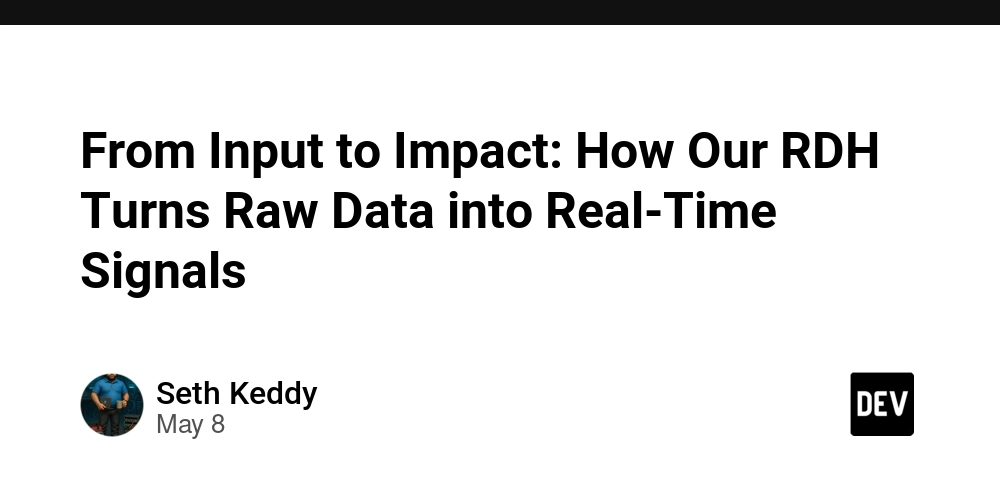















![[DEALS] The Premium Python Programming PCEP Certification Prep Bundle (67% off) & Other Deals Up To 98% Off – Offers End Soon!](https://www.javacodegeeks.com/wp-content/uploads/2012/12/jcg-logo.jpg)














































































































































_Aleksey_Funtap_Alamy.jpg?width=1280&auto=webp&quality=80&disable=upscale#)
_Sergey_Tarasov_Alamy.jpg?width=1280&auto=webp&quality=80&disable=upscale#)












































































































![Apple Developing New Chips for Smart Glasses, Macs, AI Servers [Report]](https://www.iclarified.com/images/news/97269/97269/97269-640.jpg)
![Apple Shares New Mother's Day Ad: 'A Gift for Mom' [Video]](https://www.iclarified.com/images/news/97267/97267/97267-640.jpg)
![Apple Shares Official Trailer for 'Stick' Starring Owen Wilson [Video]](https://www.iclarified.com/images/news/97264/97264/97264-640.jpg)


































































